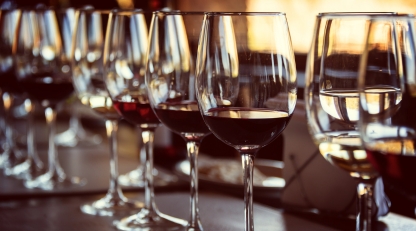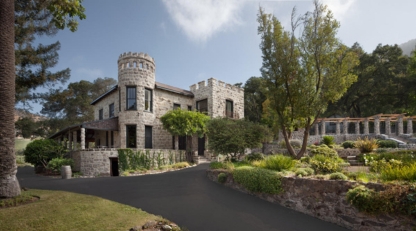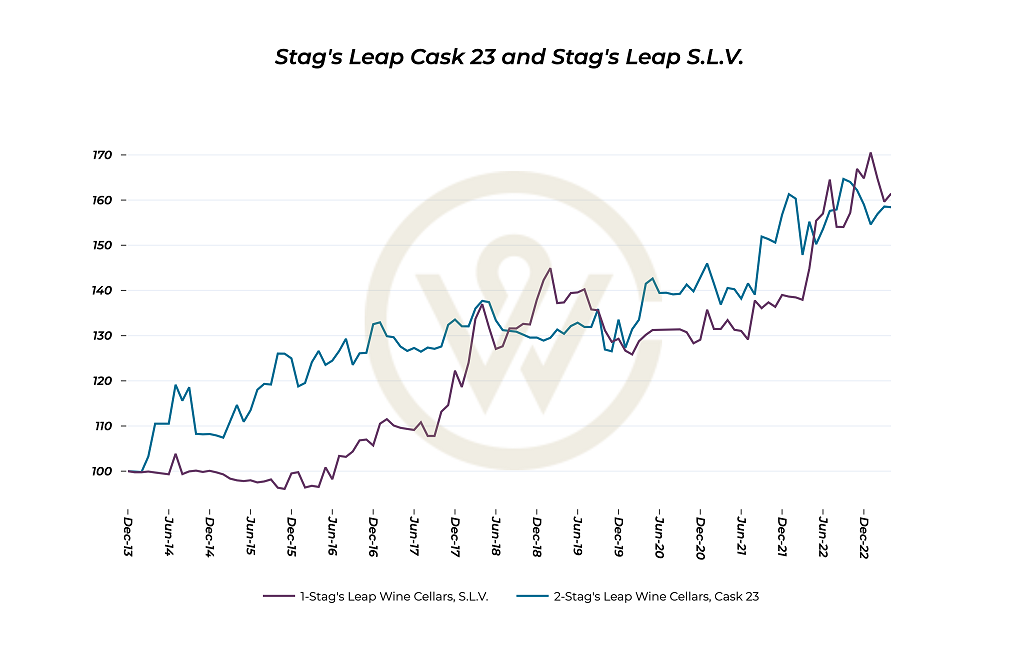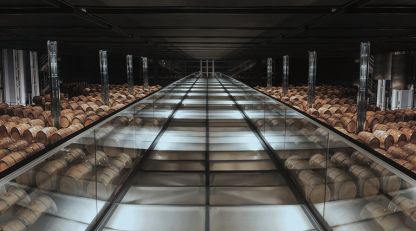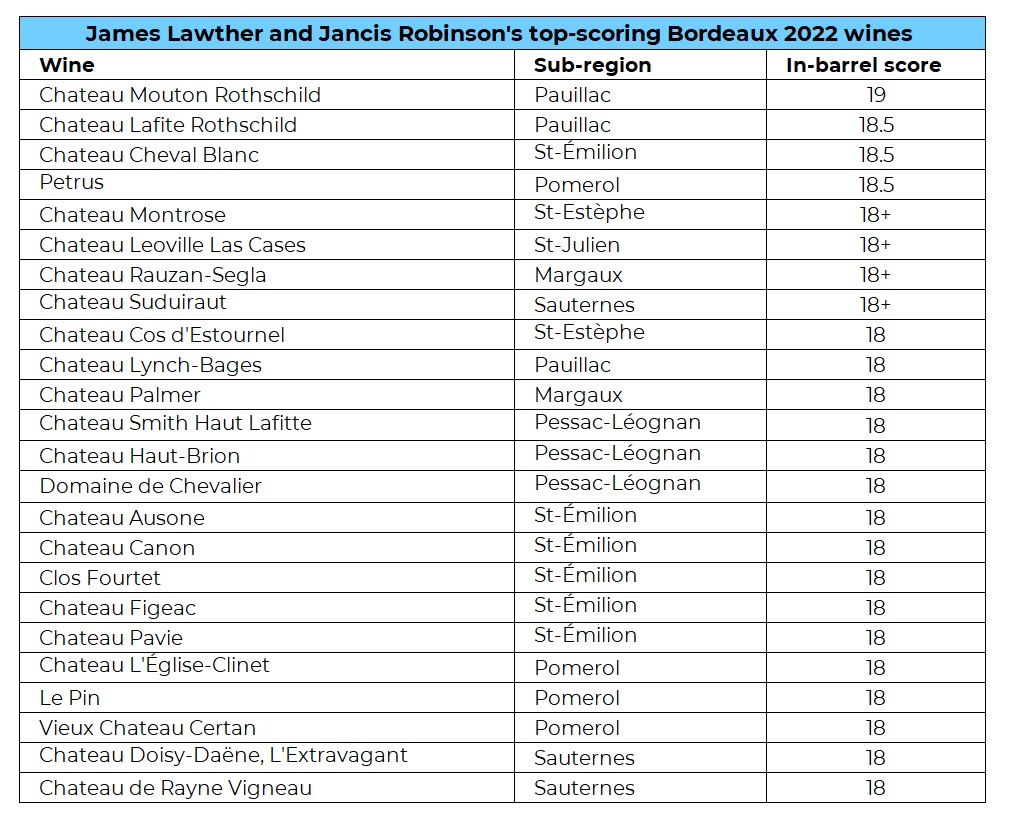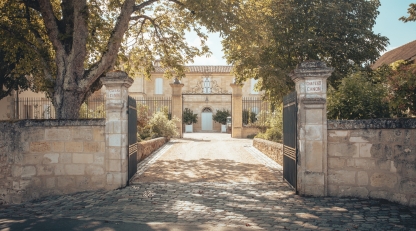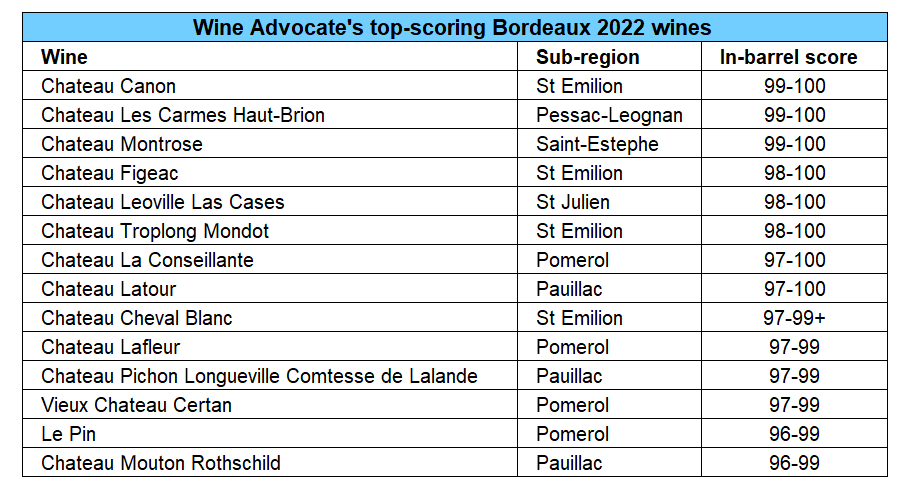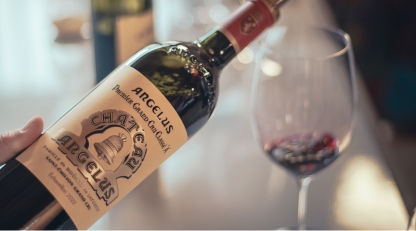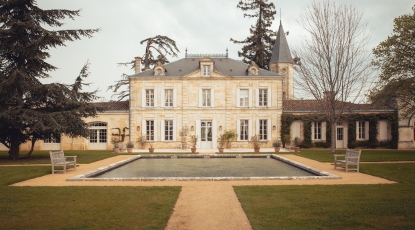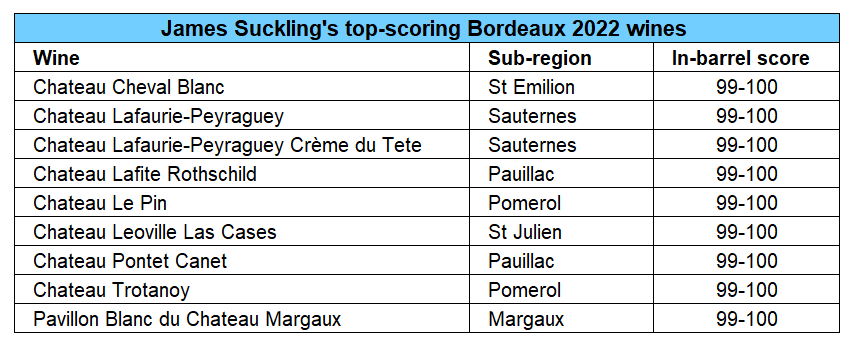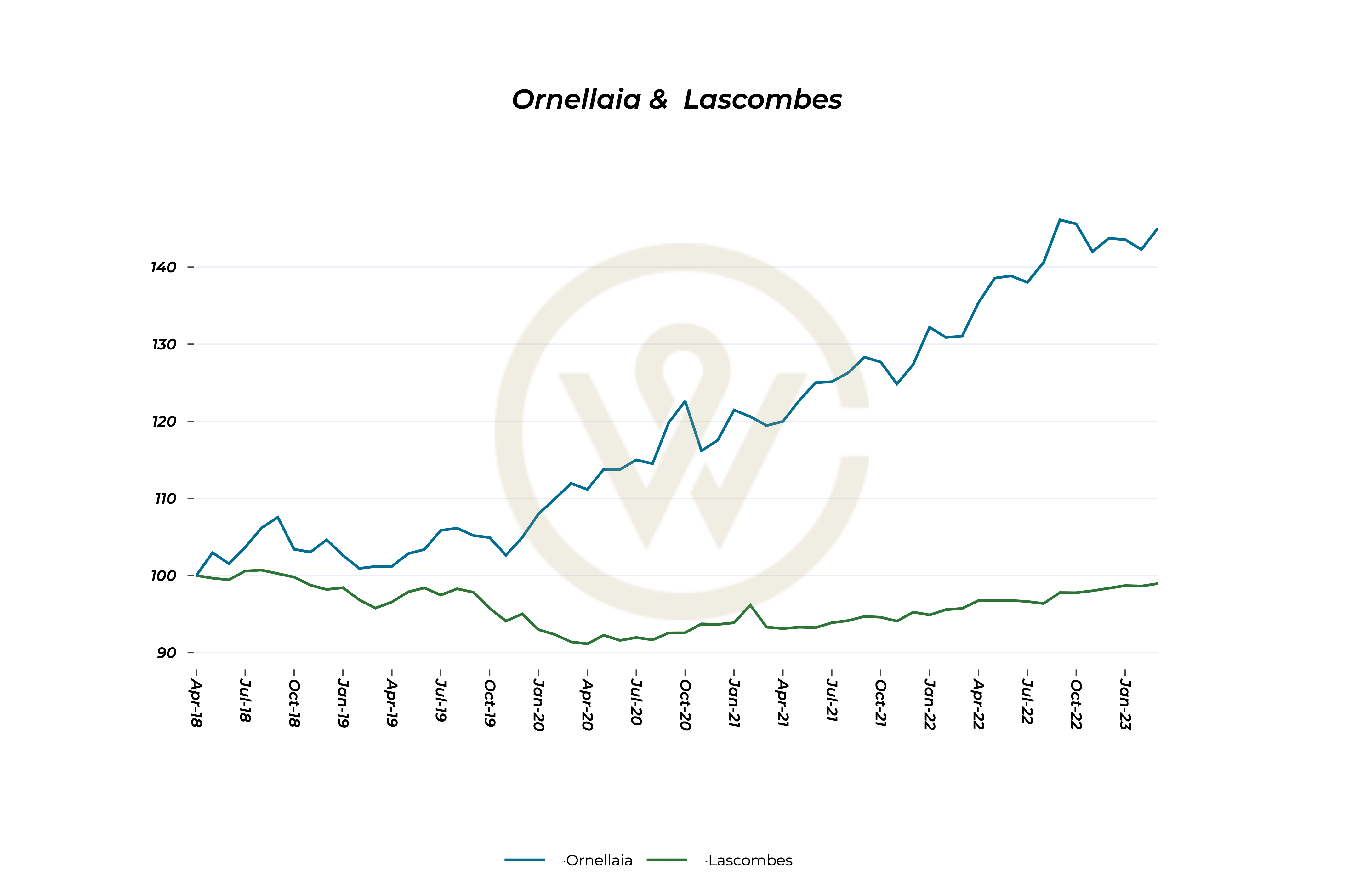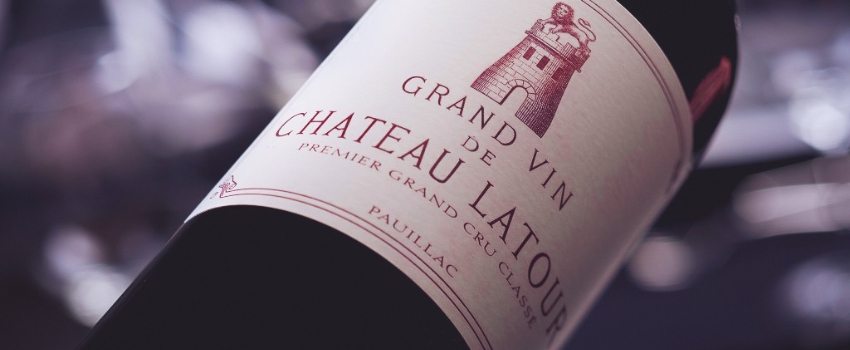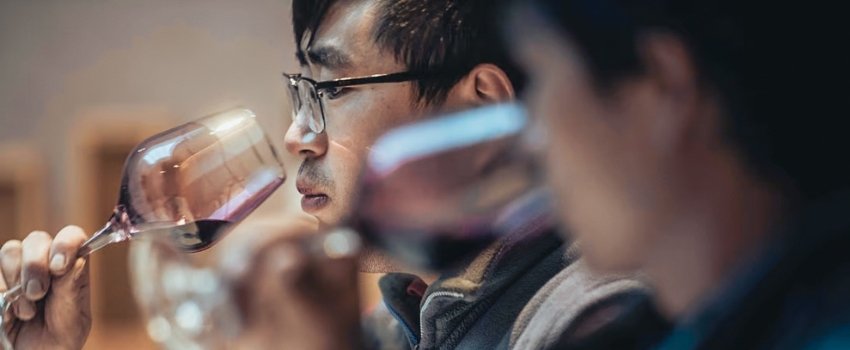- Bordeaux 2022 is predestined for long-term ageing rather than drinking young.
- Martin found little difference between the First Growths and ‘the others’ in terms of quality.
- He singled out Saint-Julien as an appellation to seek out.
- Leoville Las Cases, Cheval Blanc and L’Eglise Clinet received 98-100 points.
Yesterday, Vinous published Neal Martin’s much anticipated Bordeaux 2022 report, titled “You’re unbelievable”.
Vintage observations
Martin found some ‘snow-capped peaks’, ‘show-offs whose talent cannot be denied’ as well as some ‘caveats’ in Bordeaux 2022. Like other critics, he commented on the ‘unbelievable’ freshness given the heat of the growing season.
He remarked that in 2022 ‘there is partial flattening of the hierarchical pyramid’. While ‘release prices will inevitably amplify differences in ranking, in terms of quality, there’s little difference between First Growths and “the others”,’ he observed.
On the question of Right vs Left Bank, the critic said the ‘vintage is more evenly balanced’ but singled out Saint-Julien as an appellation to watch out for, noting that ‘this is as good as it gets’.
He mentioned the wines’ higher alcohol levels compared to the 2021s, that are ‘often above 14%’ but feel ‘less blowsy than in 2018’. He also said that ‘unlike 2019 and 2020, most wines, particularly within its higher ranks, are predestined for long-term aging’.
However, he advised ‘those with a penchant for drinking Bordeaux young [to] seek out another vintage’.
In terms of buying opportunities, he argued that ‘the question is whether initial prices make any purchase worthwhile vis-à-vis other vintages currently on the market’.
Top-scoring wines
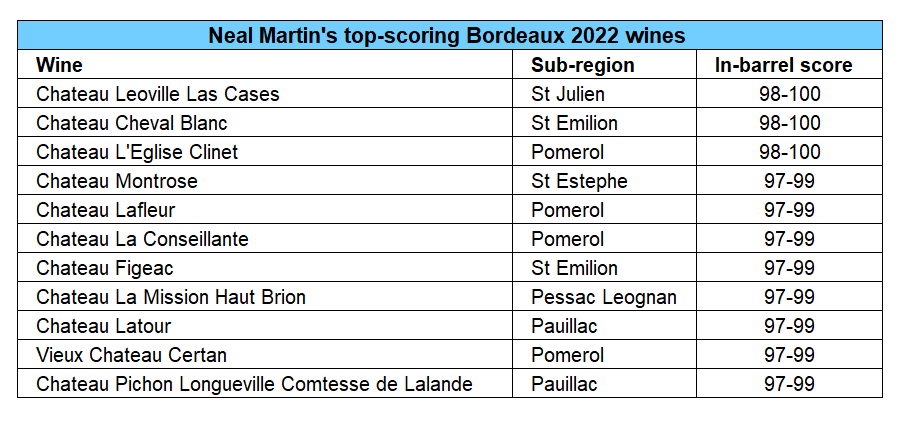
While Martin stated that En Primeur is more than just scores, it is important to note that three wines achieved his highest in-barrel range of 98-100 points.
Cheval Blanc 2022, which was among the first releases this campaign, is ‘a wine for those serious about their Bordeaux,’ according to the critic. Vinous’ Antonio Galloni also rated it 98-100 points, noting that ‘it is shaping up to be one of the wines of vintage’. It also makes an attractive investment, with Cheval Blanc prices rising an average of 22% over the last three years.
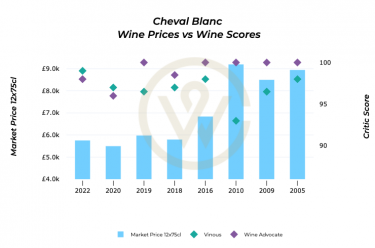
For Martin, Leoville Las Cases 2022 ‘surpasses the 2018-2020 trio and […] is a ‘tour de force’’.
He described L’Eglise Clinet as ‘a wine that may leave you spellbound’.
Martin also suggested some wines from the cellar which included Brane-Cantenac, La Conseillante, Léoville Barton, Phélan-Ségur, Pichon-Baron and Vieux-Château-Certan.
You can now explore the historic performance of these wines on Wine Track. Our tool provides a clear overview of a fine wine’s track record, including critic scores, average price and investment returns.
WineCap’s independent market analysis showcases the value of portfolio diversification and the stability offered by investing in wine. Speak to one of our wine investment experts and start building your portfolio. Schedule your free consultation today.
